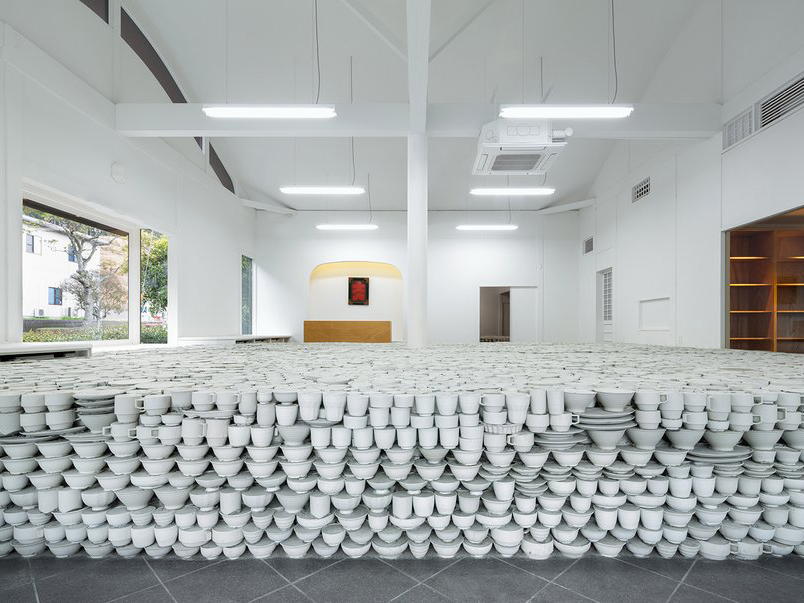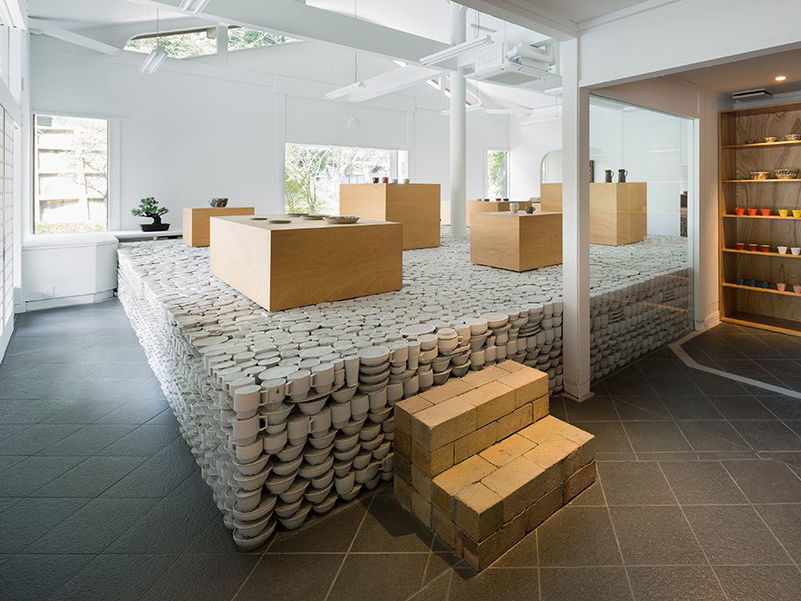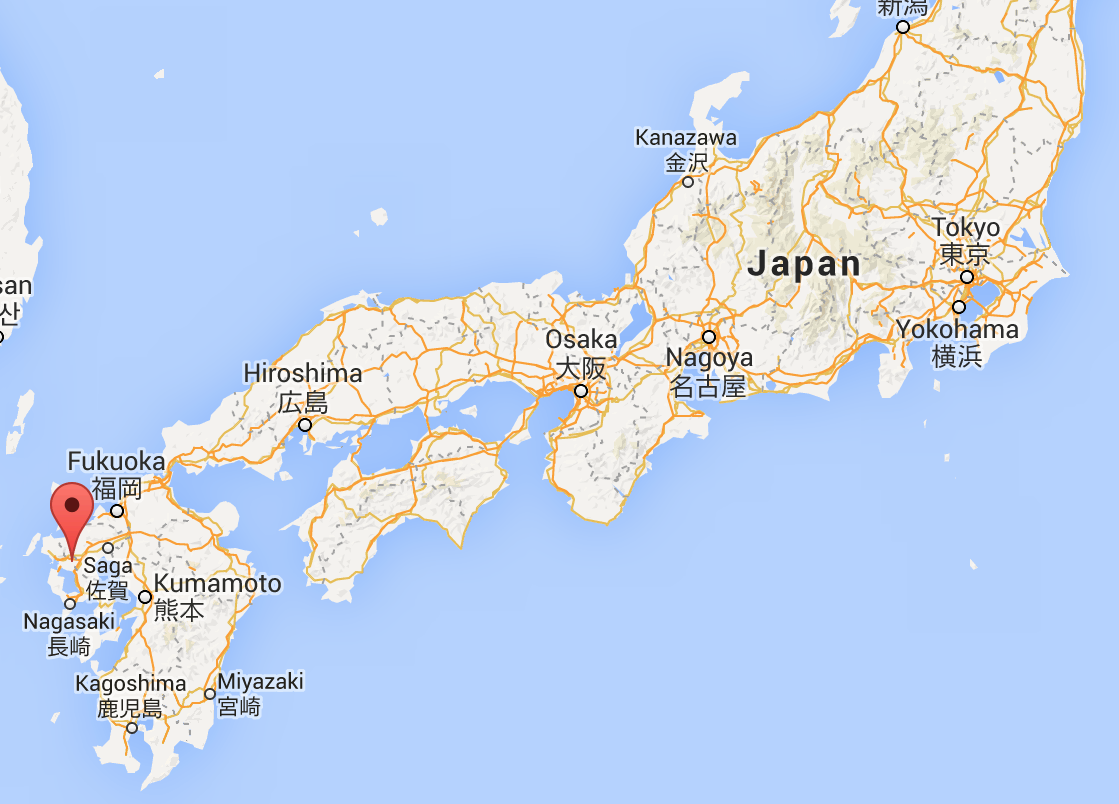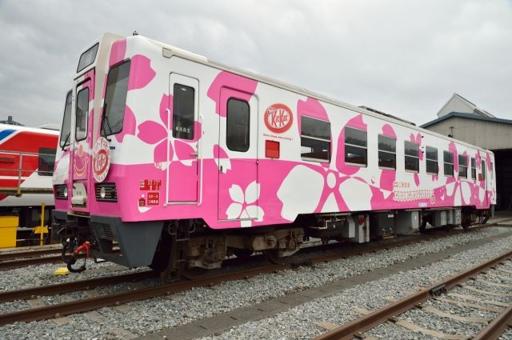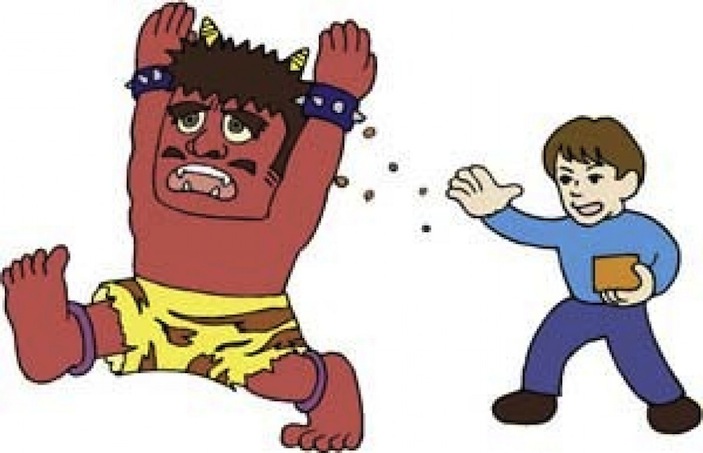
Once upon a time, in the lovely Japanese village of Kyoto, an ogre dressed up in disguise and approached the home of an old widow. He had with him a magic mallet, and with it, he made a beautiful kimono—the most beautiful kimono she had ever seen. While she knew it was wrong, the beauty of the kimono got the best of her, and the widow decided she would steal the kimono. So she got the ogre drunk, making him lose his wits, and made her move on the kimono. Except that she didn’t stop with the kimono. Since that was so easy, she figured, why not go for the magic mallet also?
Surprised by the woman’s overzealous greed, the ogre got himself together, and then decided to shed his disguise to reveal what he really was. The old widow initially froze with fear, and then was overcome with hysteria. She grabbed the first thing she could find to start throwing at the ogre, a bunch of beans she had handy in the kitchen, and he fled. She didn’t get her kimono or magic mallet, but she learned learned an important lesson about greed, becoming healthier and wiser as a result of the ogre’s lesson.
And so a tradition began. The Bean Throwing Ceremony, or Setsubun, occurs every year in Japan on the day before Spring (Risshun). Throughout the country, people throw dried soybeans out their front door while chanting “Demons out! Luck in!” It is believed that these tossed beans purify the home by eliminating evil spirits. To bring the luck in, they then pick up and eat the exact number of beans to correspond with the person’s present age.
Bean throwing is the main event of Setsubun, but there are others as well. First, everyone will eat a special nori maki, or sushi roll, while facing a particular “lucky” direction, which varies year by year (last year was Southwest, this year is South-Southeast). To add to the fun, the person cannot say a word while eating the entire nori maki, which isn’t as easy as it may seem. In most cases, the roll is about 20 centimeters long, and think as well! But it is believed that those who complete this task are promised good luck with their business and health.
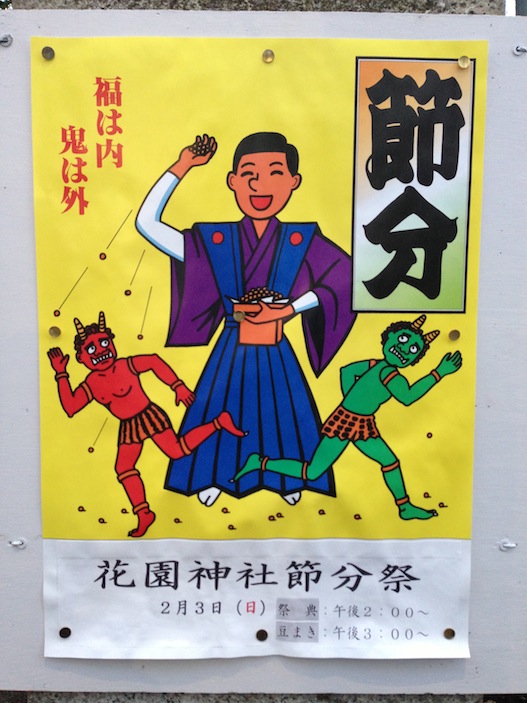
Getting ready for Setsubun in Tokyo…
.jpg)
